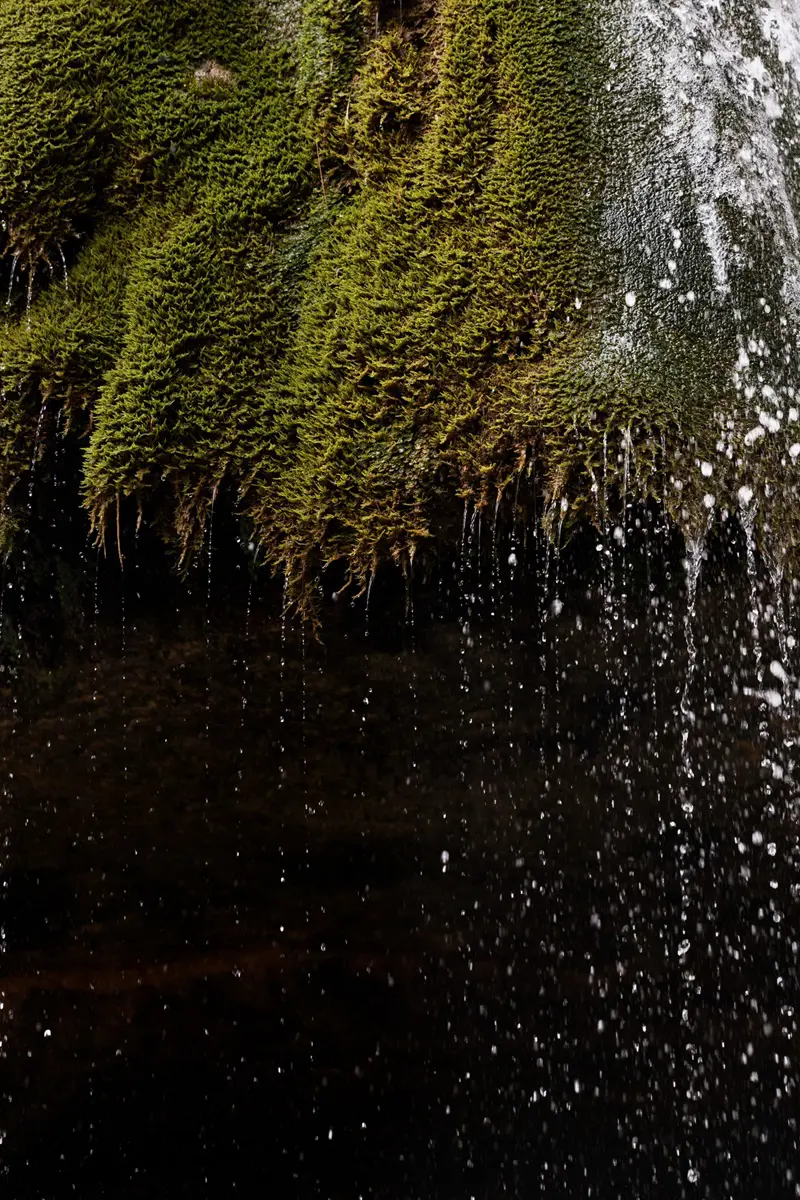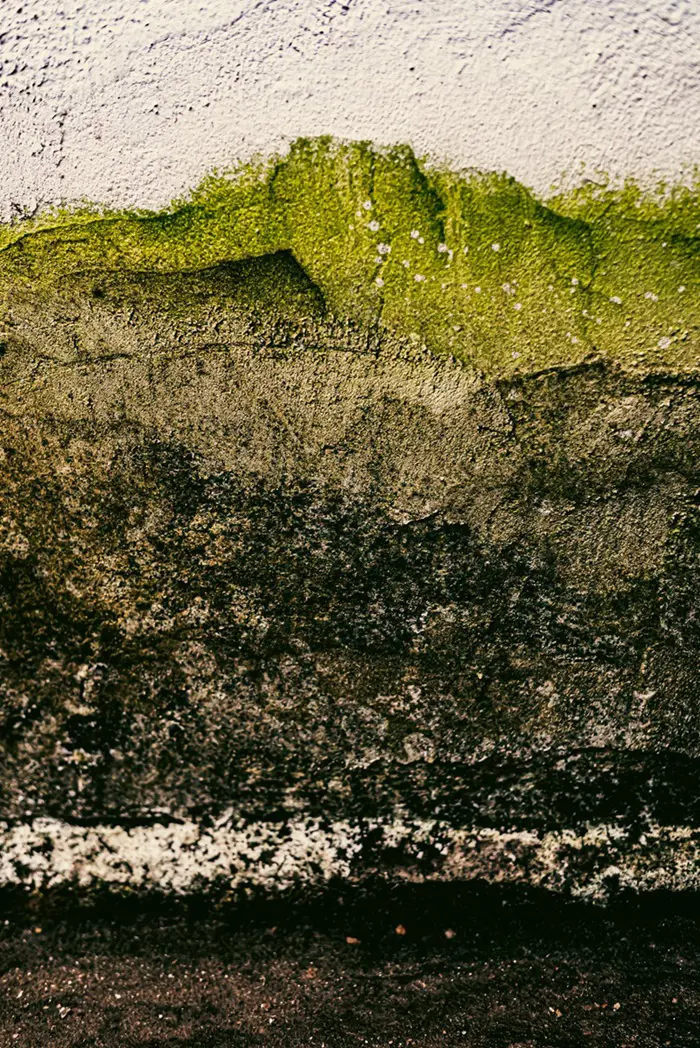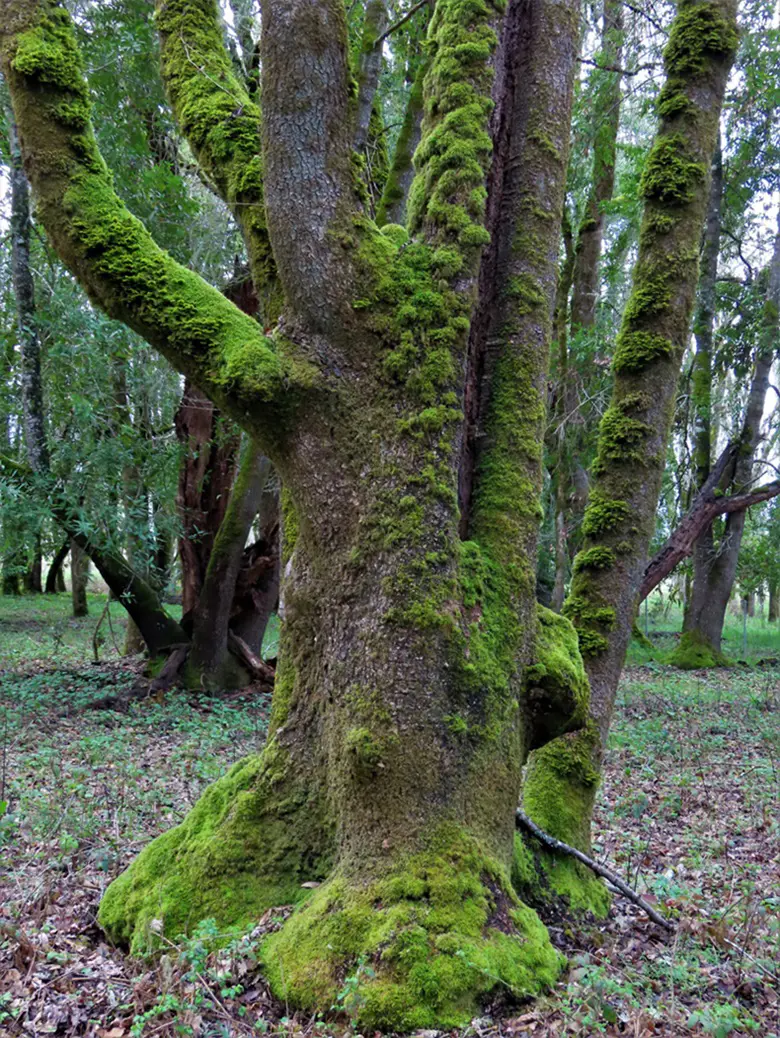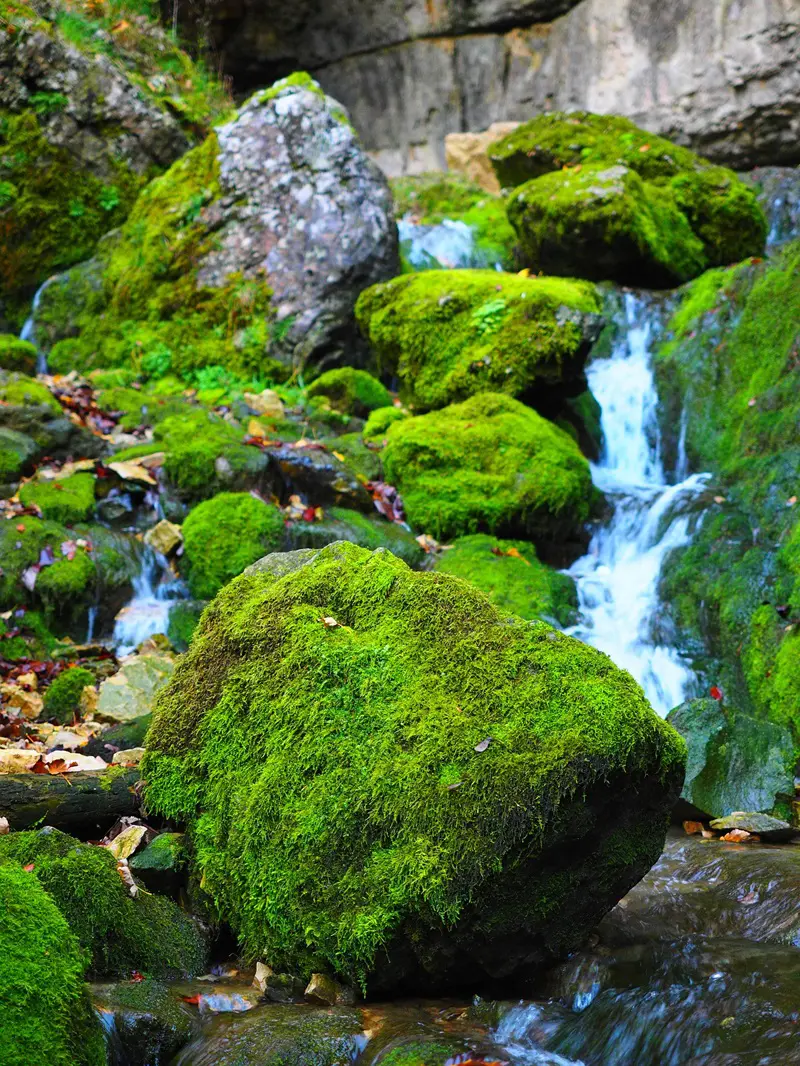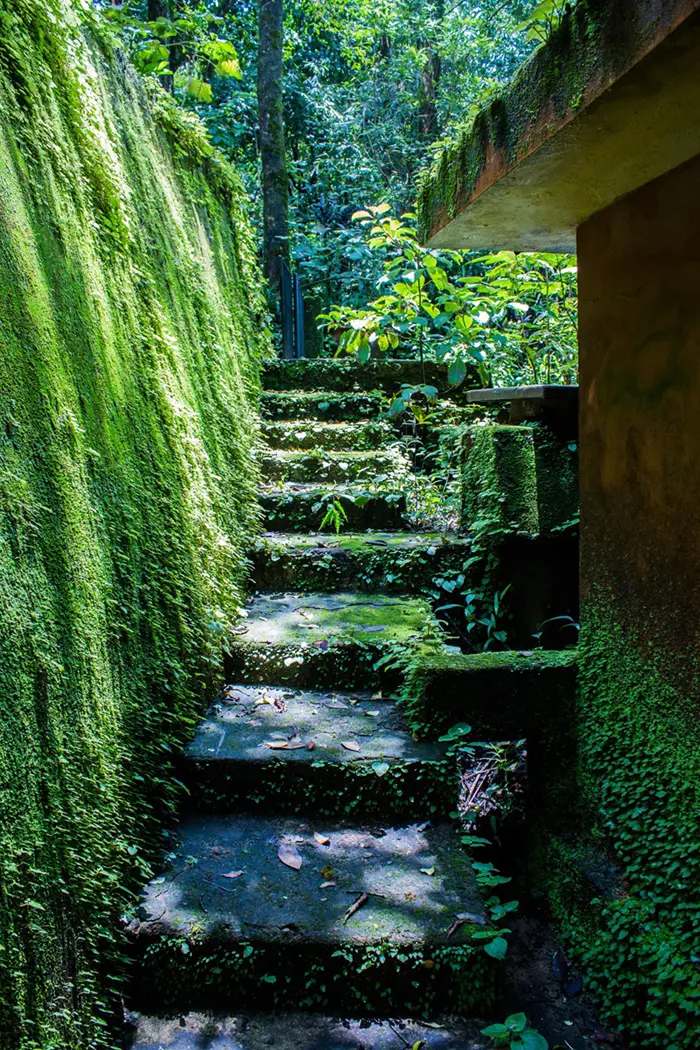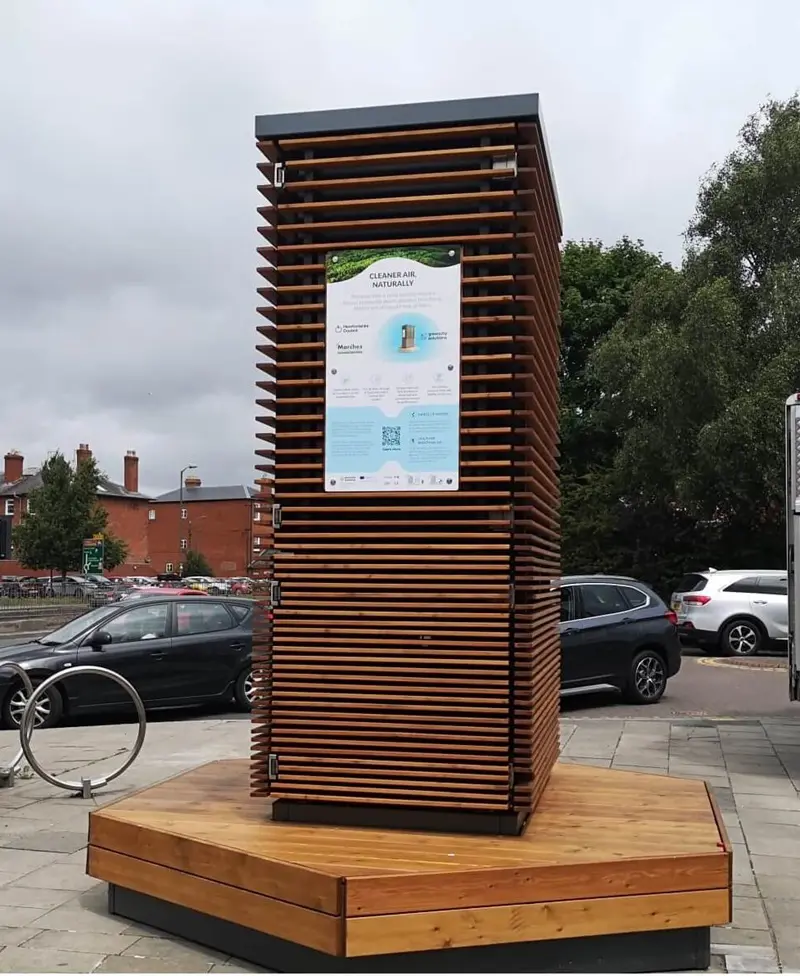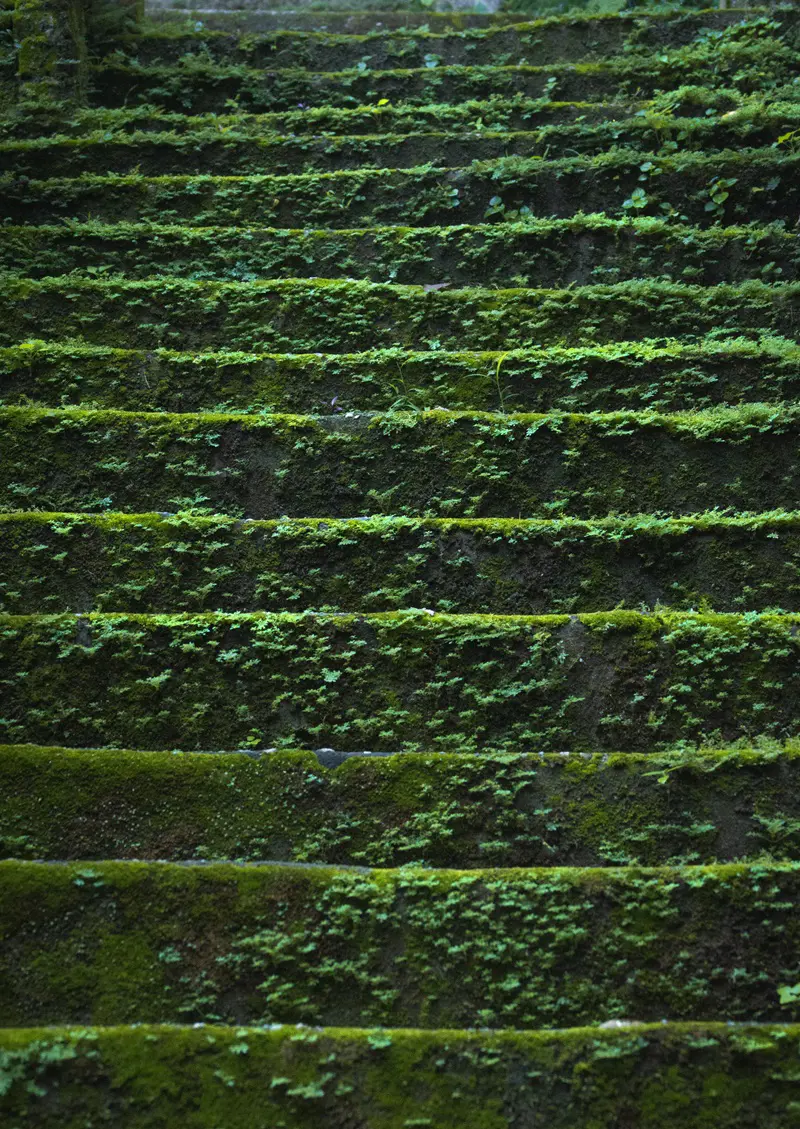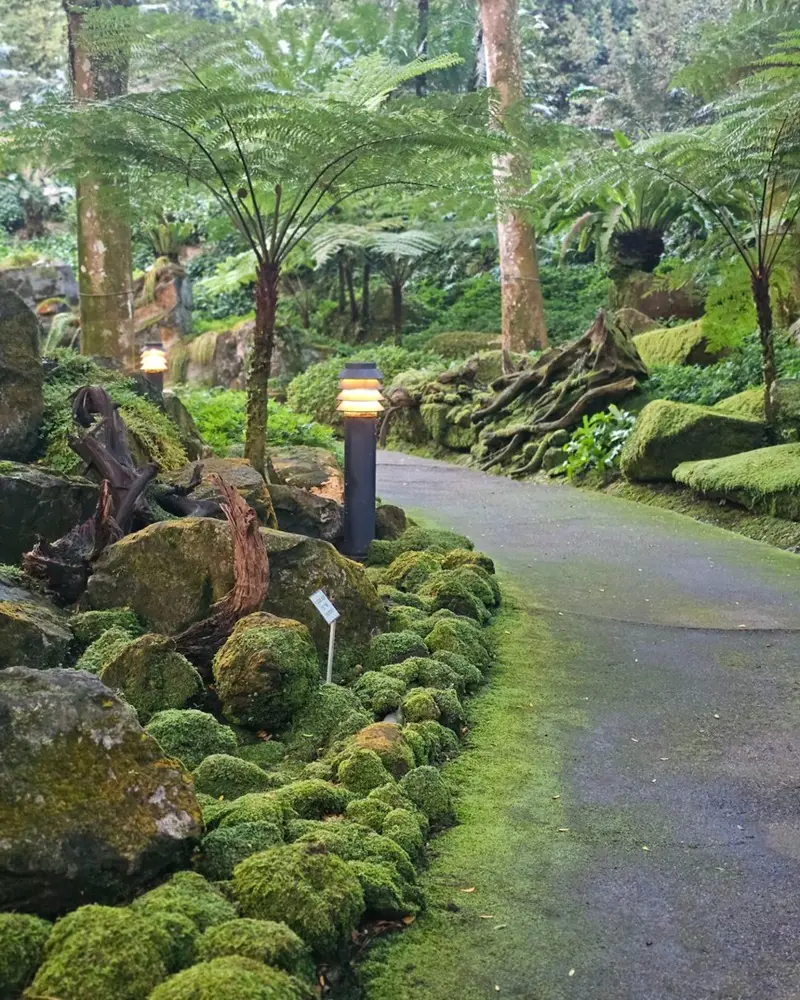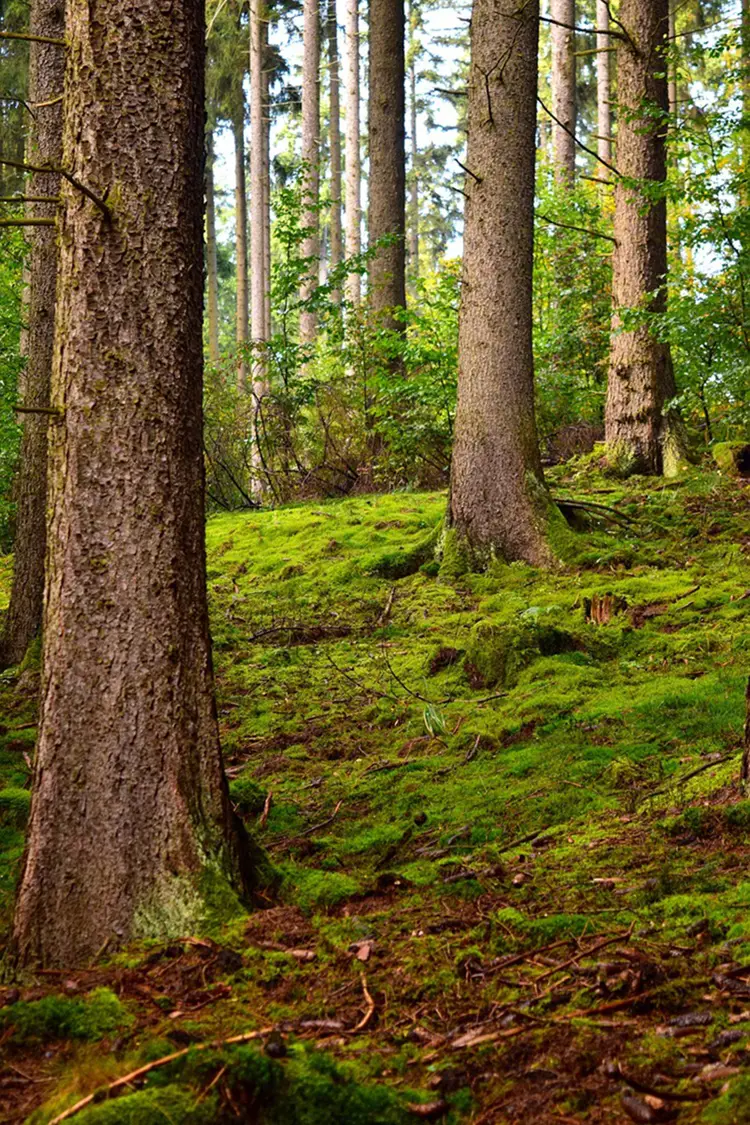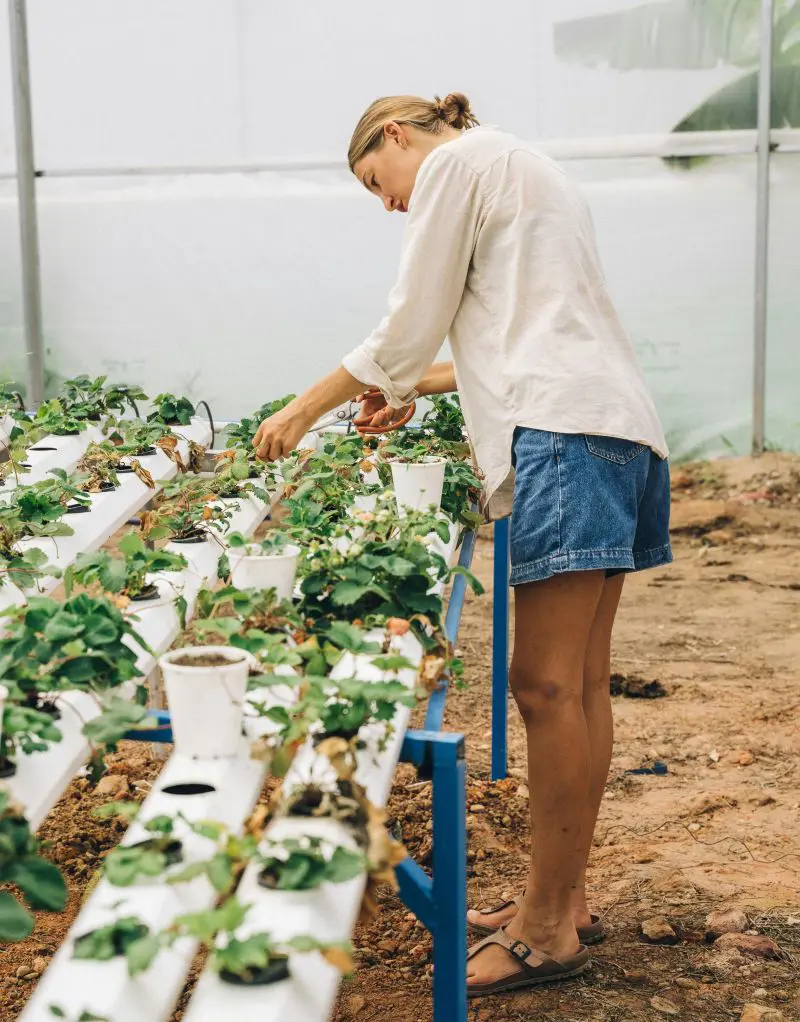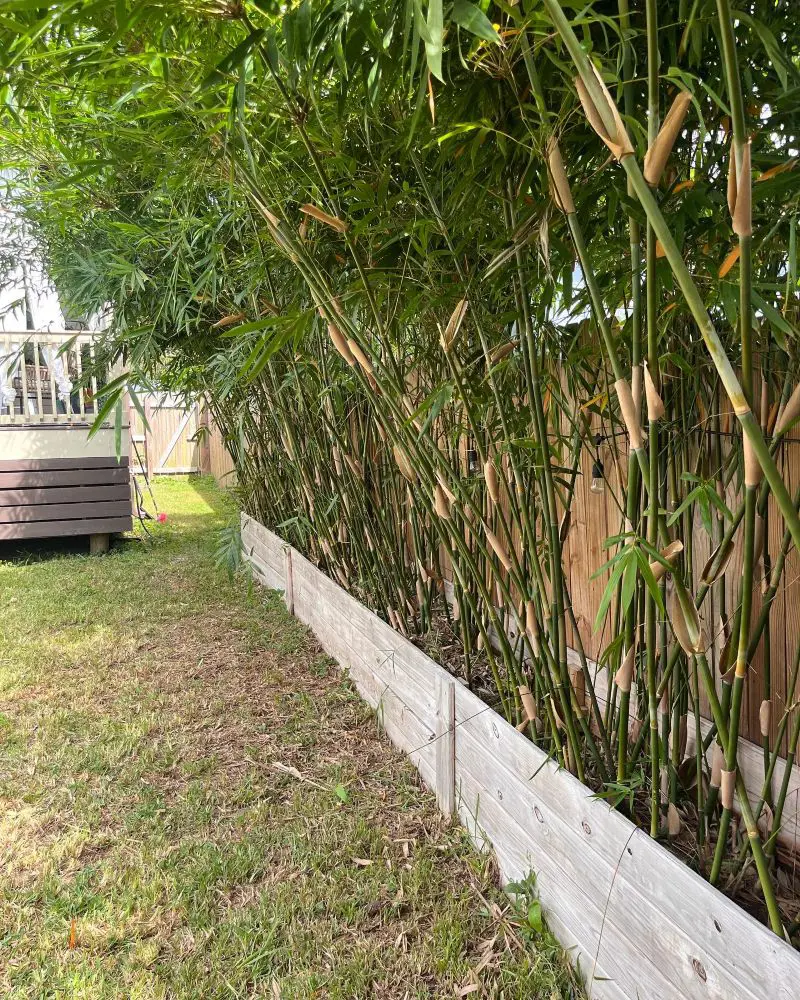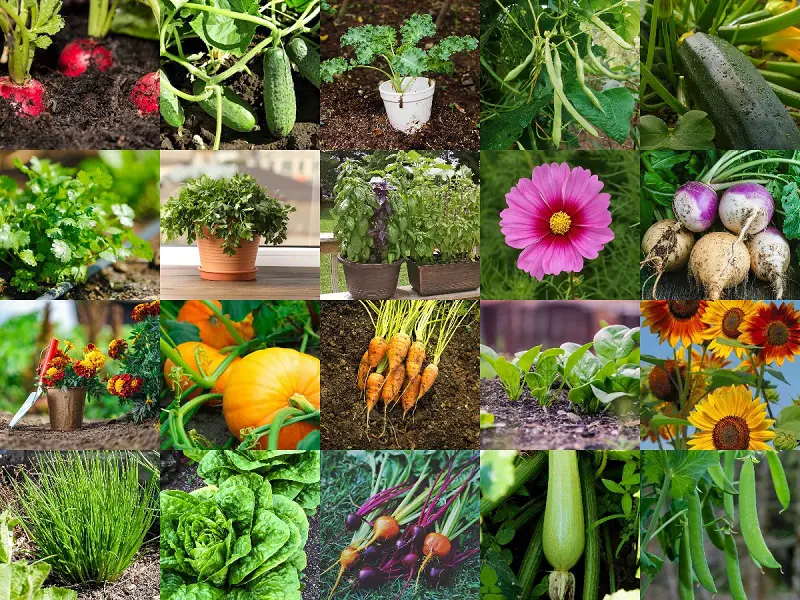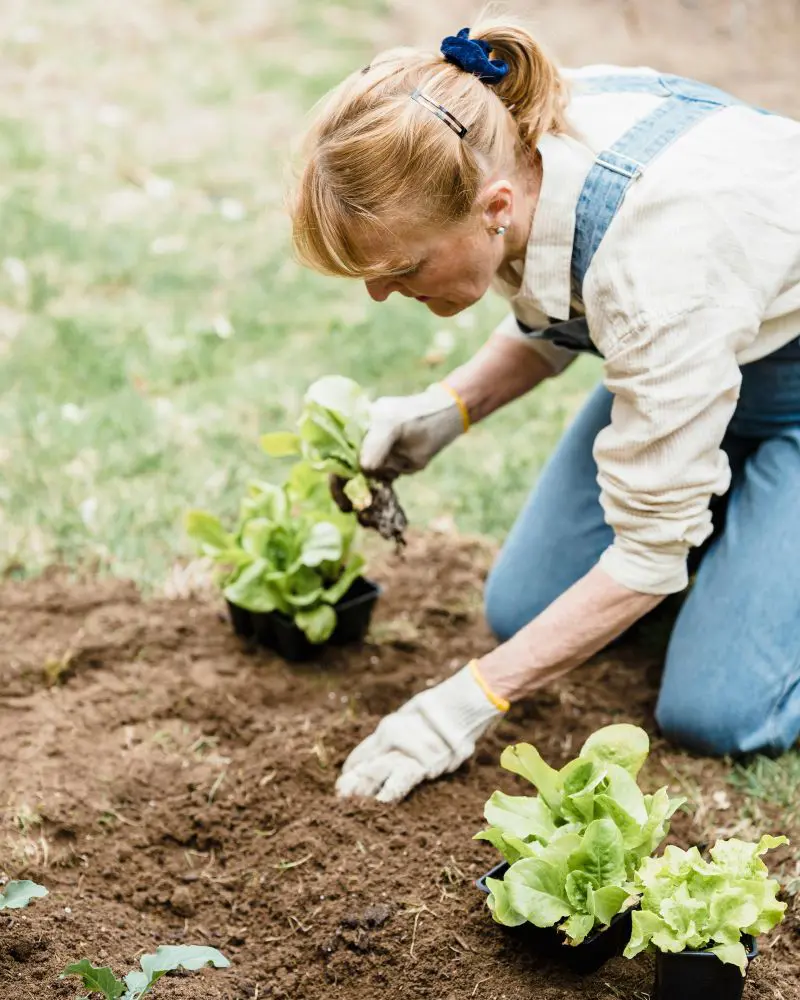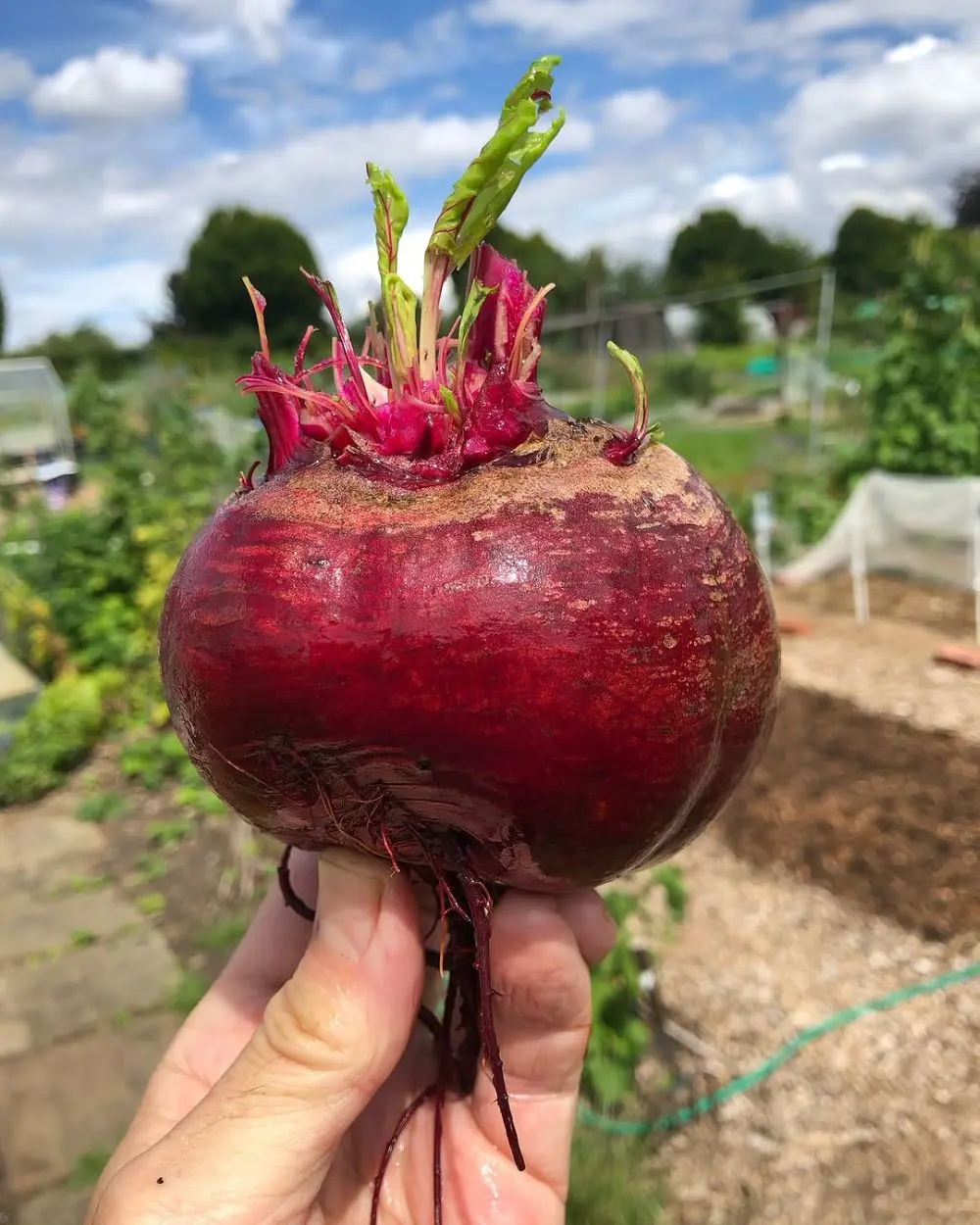There are more than 12,000 species of mosses identified around the world. Having a very crucial role in the natural ecosystem balancing the entire ecology and acting as a true warrior and protector of nature, mosses are grown wildly as well as cultivated as per the preferences.
Here, we present some of the most popular mosses around the world for your information that has been flourishing in the wild, in gardens, or in your rooms.
Sheet Moss (Hypnum Curvifolium)
It is popular among gardeners as an alternative to the traditional grass gardens. Sheet moss offers a lush, green moss lawn that is capable of withstanding foot traffic and is favored by most people these days to stroll around.
These types of moss are commonly found in nature covering a wide area of forest floors, tree barks, and rocks, and are distributed across the world including North America, Europe, Asia, and some parts of Africa.
American Tree Moss (Climacium Americanum)
Native to North America, American tree moss is commonly found in woodlands, rocky grounds, riverbanks, and along streams as well. They resemble tiny Christmas trees in a bundle if observed at one glance.
These mosses are found growing widely across eastern Canada and the eastern US with a densely branched habit, having primary stems brown while secondary being red once established.
Carpet Moss (Hypnum Cupressiforme)
After sheet moss, carpet moss comes second as the most favored green moss garden across the world. It is mostly found on forest floors, tree barks, and on top of rocks.
It grows all over North America and in most parts of Asia, and Europe with its thick lush green carpet attracting a wide mass of people around the globe.
Spoon Leaved Moss (Bryoandersonia Illecebra)
They are commonly found in the US and only in one region, Ontario (Canada) with its cushioned foliage and dense blanket. Their long stems are hidden completely by the tightly packed leaves.
Growing up to 2 inches long, Spoon-leaved moss has overlapping leaves that seem as if juicy caterpillars are sticking all over the edges. They have longer life expectancy in their natural habitats.
Mood Moss (Dicranum Scoparium)
They are soft and lush beds distributed across North America and throughout Europe and some parts of Asia like Japan and Korea. Widely popular for its dense and soft appearance, they are ideal for visual appeal.
Although not completely favored for the moss garden lawn, Mood moss is appreciated for its thick, club-shaped soft mat that appears to be feathery which is very attractive for aesthetic purposes.
Pincushion Moss (Leucobryum Glaucum)
Also called Cushion moss because of its cushion-like patterns, Pincushion moss is highly praised for its bright green color and distinctive appearance. They are widely distributed in North America, Europe, and parts of Asia.
This type of moss is highly appealing and attracts moss gardeners from all around the world. If you haven't tried it then you wouldn't want to miss touching their rounded and super soft tufts.
Sphagnum Moss (Sphagnum Platyphyllum)
These mosses are commonly used for horticulture applications and are also known as Spongy moss. More popular for its good adaption to retain water, Sphagnum moss is found to be distributed all around the world including temperate regions of North America, Europe, and Asia.
Depending on the environment, these mosses can change their color from bright green to yellowish-green and are widely distributed across wetlands and marshes around the world.
